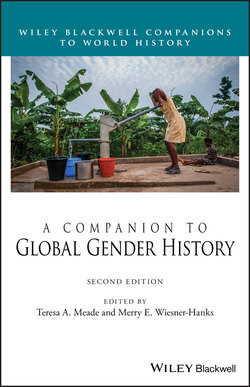Читать книгу A Companion to Global Gender History - Группа авторов - Страница 23
Conclusion
ОглавлениеOver the centuries, cultural perceptions of sex difference have been critical in shaping the experience of virtually all forms of labor. Indeed, striking continuities in gender divisions and inequalities have developed in extremely diverse parts of the world. Although both women and men have performed economic roles crucial to the survival of their families, communities, and states, men’s access to certain forms of labor has been privileged and protected; women’s opportunities have been far more circumscribed. Even when men and women have labored at the same work, employers have valued women’s labor less than men’s work. Many historians believe that the growing complexity and bureaucratization of societies, the emergence of centralized states, and the expansion of capitalist production together constituted the major factors accounting for the development and persistence of the gender division of labor and resulting gender inequality. But growing structural complexity does not explain all. Gender discourses, religion, and the law, as well as overlapping ideas about race and class, have also been critical in shaping these divisions and in perpetuating unequal relations of power between laboring women and men over much of the world.
